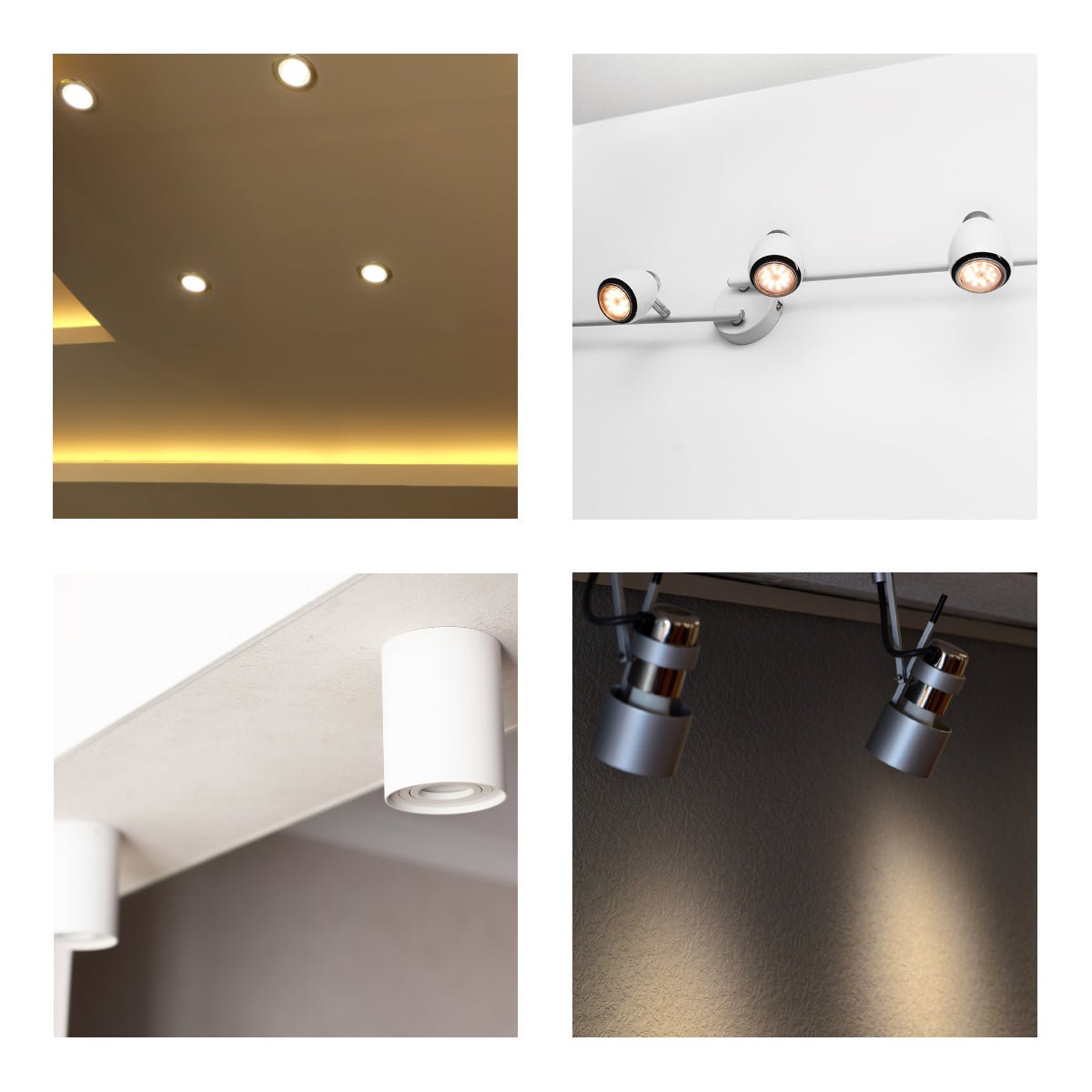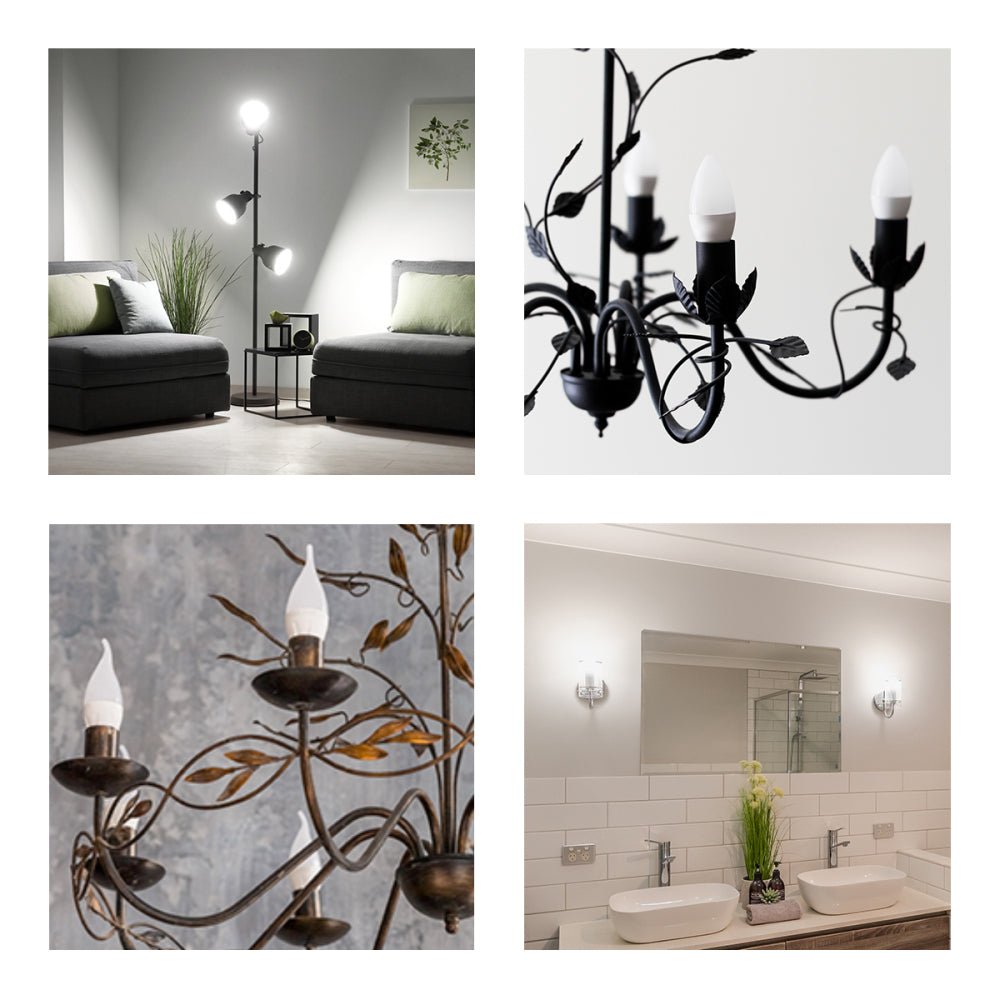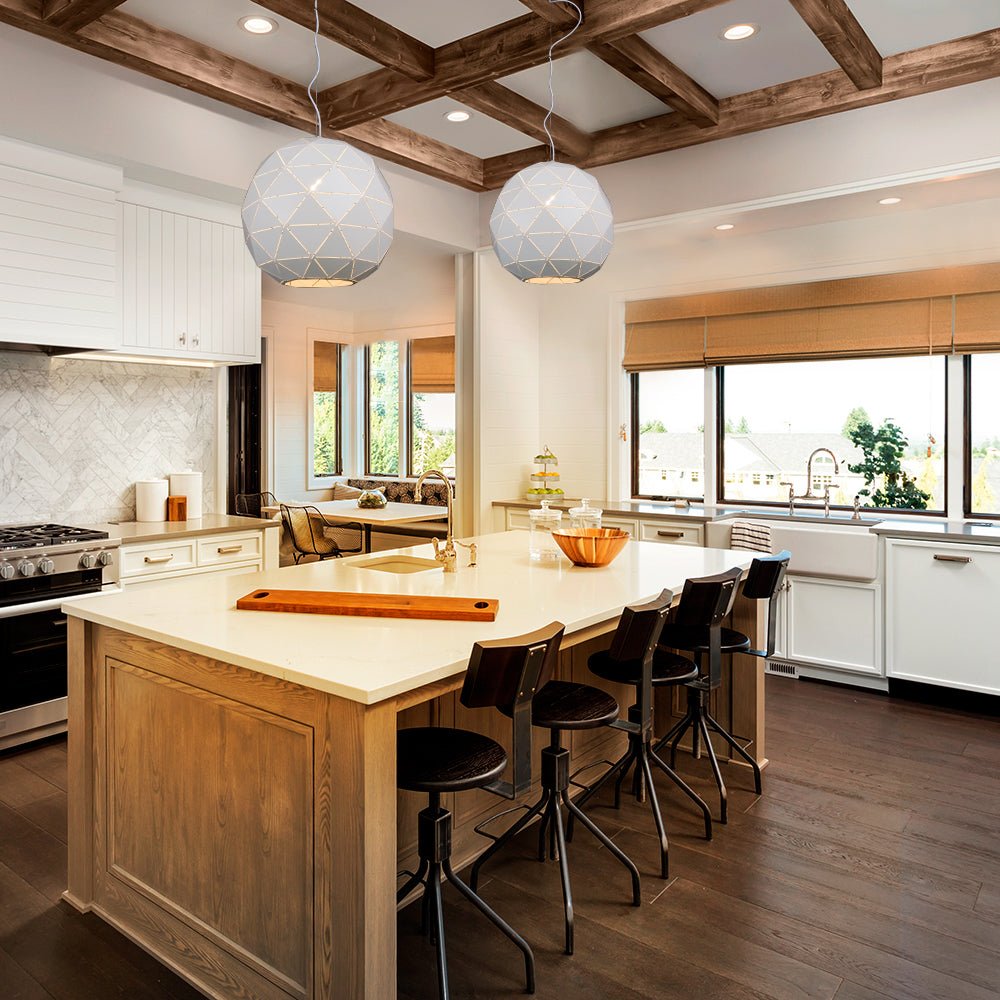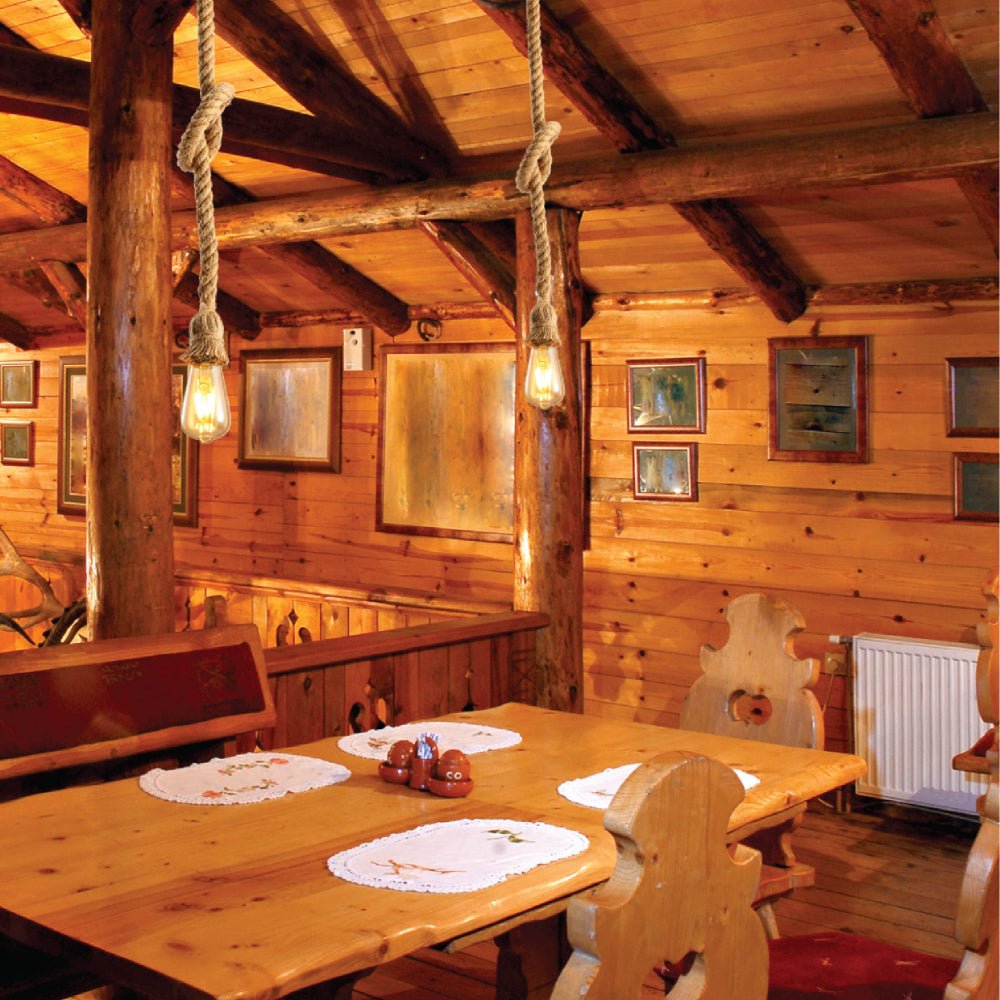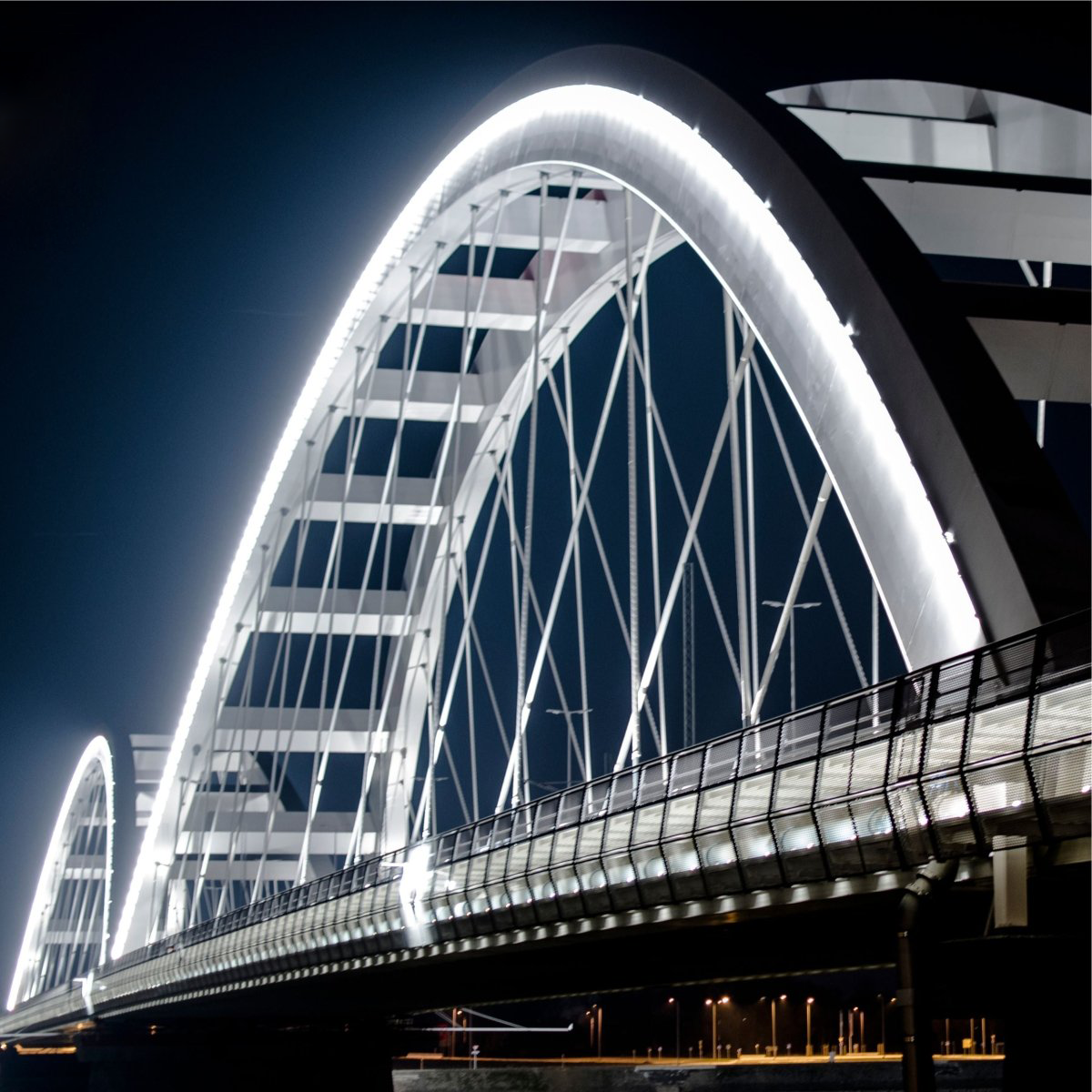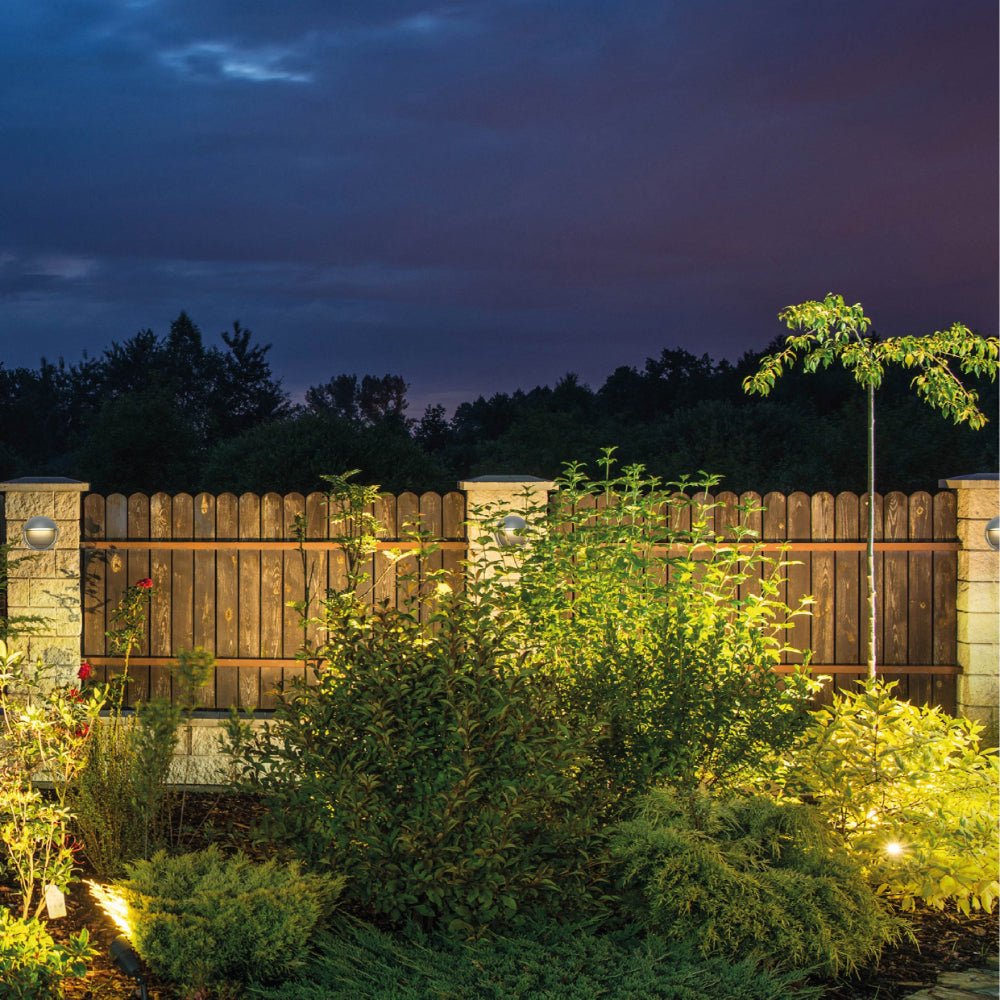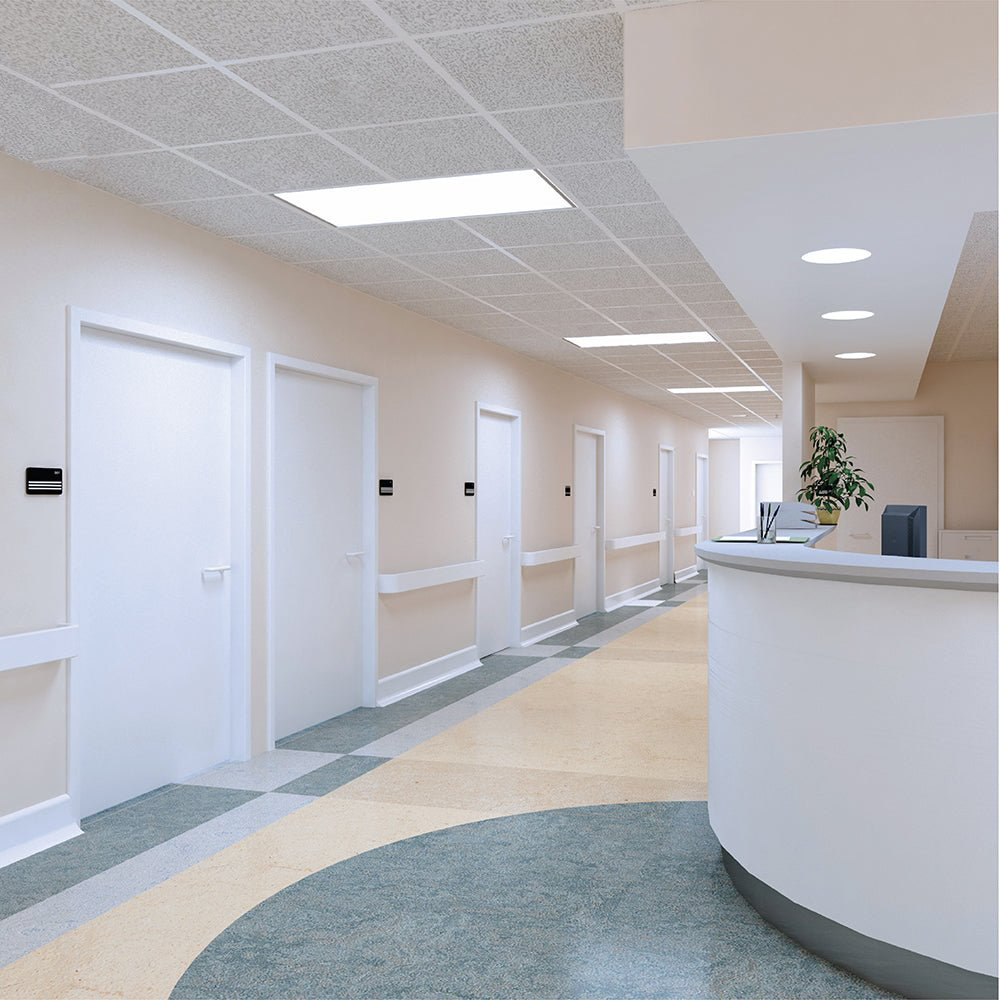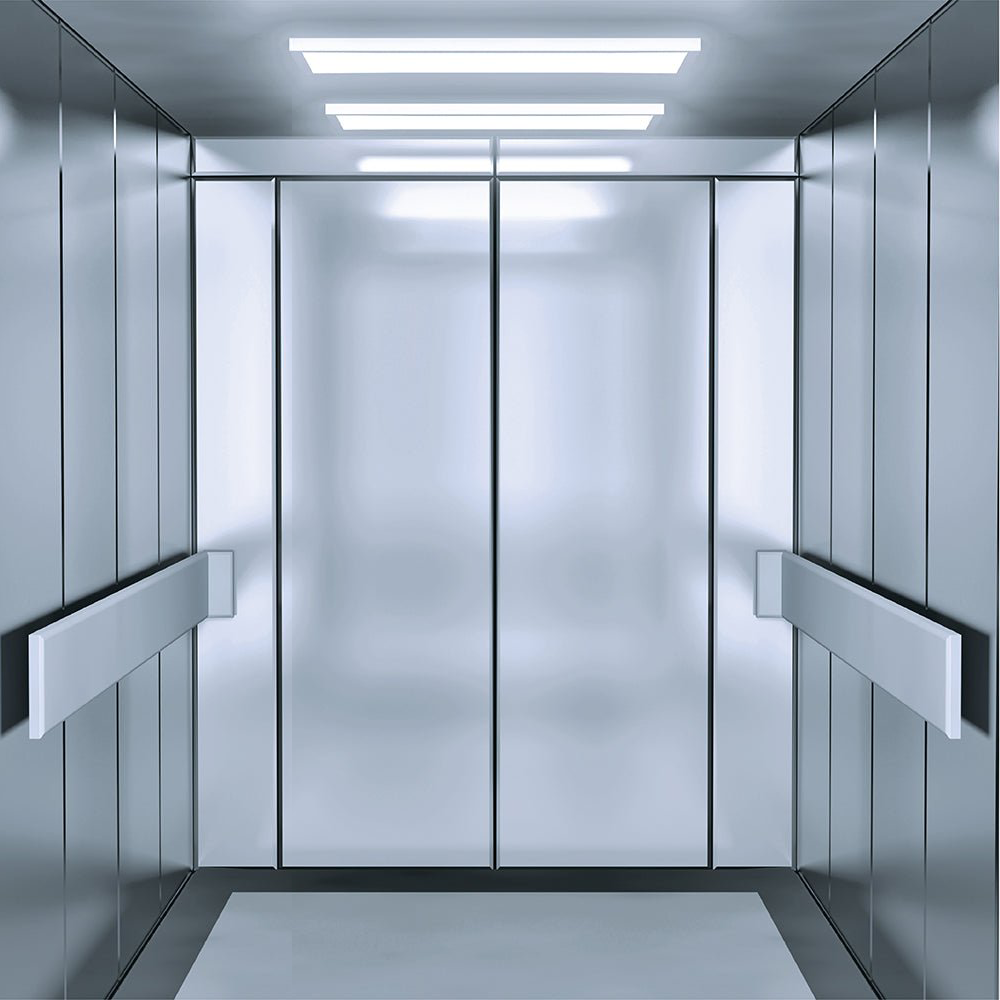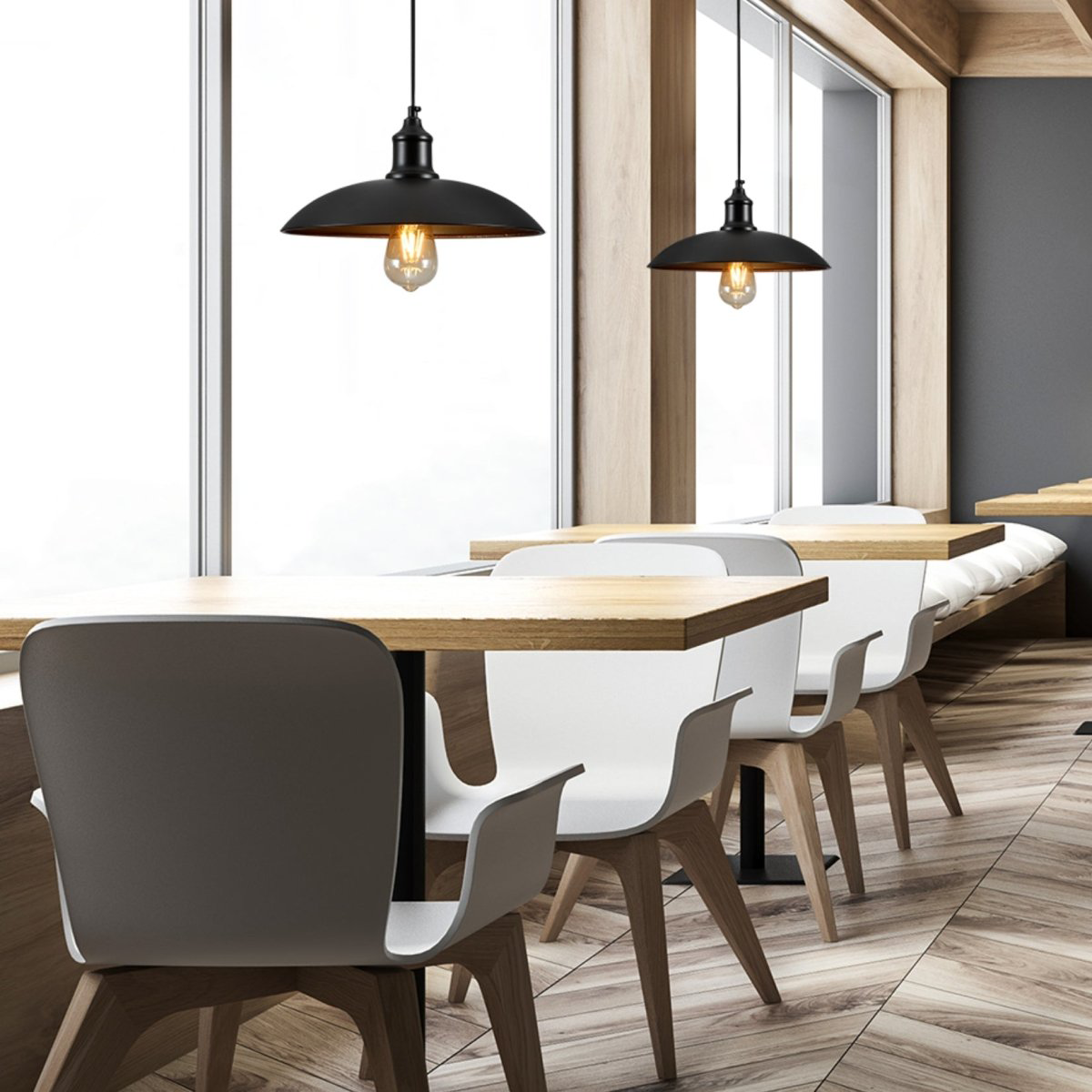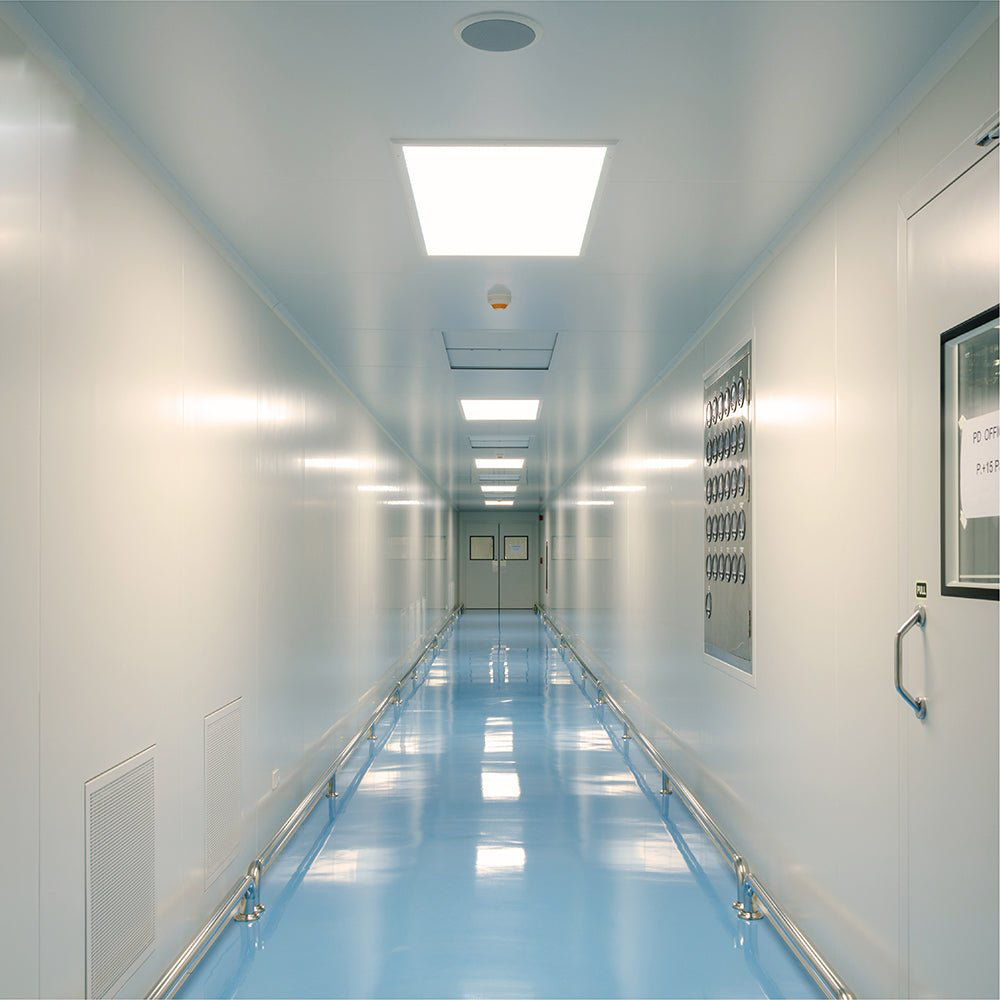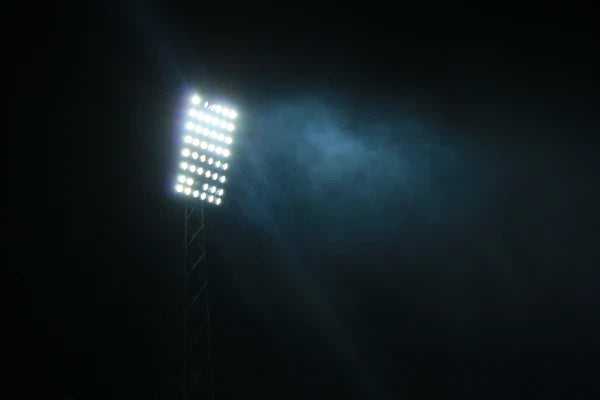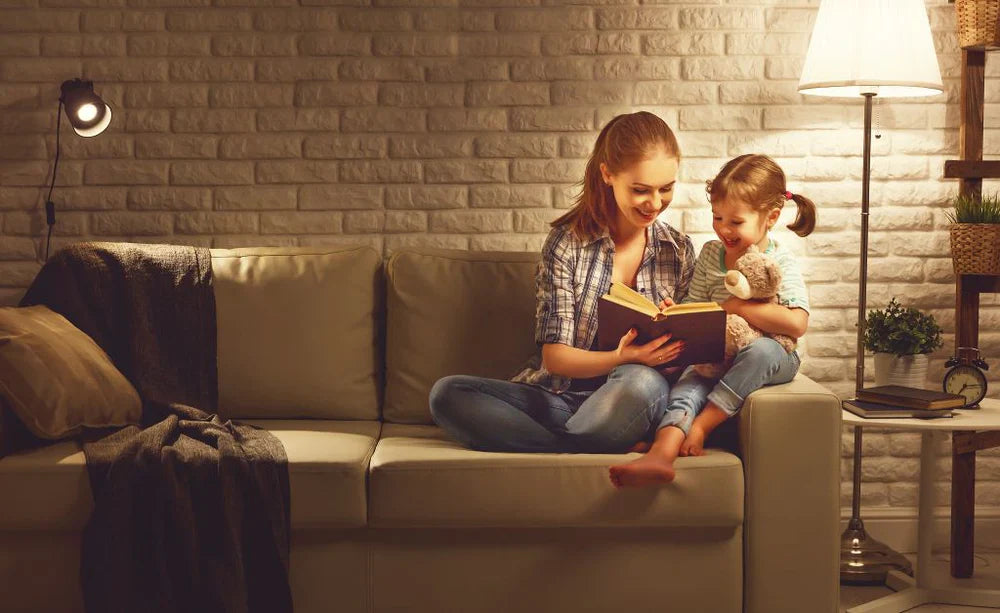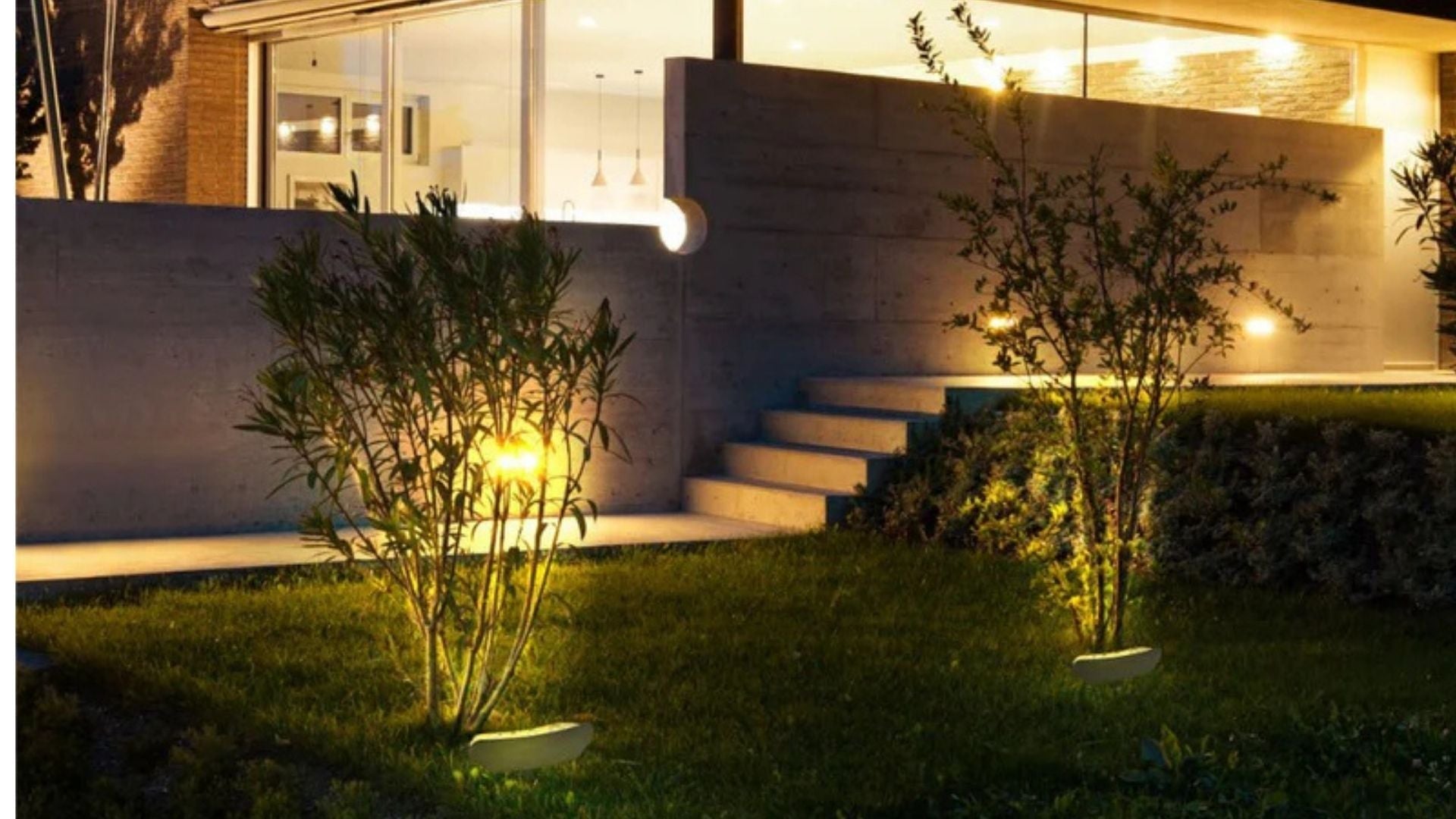Flood lights are a unique kind of lighting fixture that cast a wide, powerful beam of light, illuminating a broad area. Unlike the targeted focus of spotlights, flood lights provide extensive coverage that makes them versatile and essential in many applications.
The intensity of flood lights makes them a preferred choice for various purposes, from security to aesthetics. They can be designed to emit light in patterns ranging from a narrow 10-degree beam for specific lighting to a broad 120-degree beam for general illumination. Flood lights come in different technologies, including the energy-efficient LED, traditional halogen, and metal halide. Many models offer adjustable angles and mounting options, allowing users to direct the light as needed. These lights are also often built to withstand outdoor weather conditions with specific resistance to dust and water.
How Flood Lights Work?
Flood lights function through a combination of several components. The heart of the system is the light source, which could be LED, halogen, or other high-intensity bulbs. These bulbs are encased within a housing that includes reflectors. These reflectors are shaped to direct the light in a broad, even pattern across a large area. The lens or cover over the bulb ensures protection from elements and might be treated to provide particular lighting effects. The balance between the reflector's angle, bulb intensity, and lens determines the effectiveness and reach of the light. These combinations enable flood lights to fulfil various functions from security to aesthetic enhancement.
What Are Flood Lights Used For?
Flood lights serve numerous purposes, from providing safety and security to enhancing beauty in architectural designs. Their extensive range of brightness levels and adjustable design allows them to be tailored for different uses. They are widely used in sporting arenas, allowing visibility during nighttime games. Security-wise, they deter trespassing in commercial and residential areas by brightly illuminating outdoor spaces. In architectural design, strategically placed flood lights accentuate features, showcasing beauty and craftsmanship. They are also used in rescue operations, helping teams work during night hours or in low-visibility conditions.
How to Install Flood Lights?
Installing flood lights involves several crucial steps:
Choose Location: Select the area for optimal illumination. Consider angles and shadows.
Prepare Wiring: Make sure to turn off the power. If required, consult an electrician for handling wiring.
Mount the Fixture: Attach the bracket to the chosen surface and mount the floodlight onto it.
Make Connections: Wire the flood light, following the manufacturer's guidelines, and adhere to local electrical codes.
Adjust Angles: Position the floodlight to provide desired coverage.
Test Operation: Turn the power back on and check if the floodlight is working as intended.
How Much Light Do Flood Lights Provide?
Flood lights provide a substantial amount of illumination, often measured in lumens. Their intensity can range from 700 lumens for smaller, residential fixtures to an overwhelming 20,000 lumens for commercial or industrial applications. The light provided is directly related to wattage, bulb type, and reflector design. An LED floodlight might provide the same lumens as a halogen but with less wattage, contributing to energy efficiency.
In Which Areas Can Flood Lights Be Used?
Flood lights find applications in a wide range of areas due to their adaptability:
Sports Arenas: Ensuring visibility during night games.
Parking Lots: Enhancing security and aiding in navigation.
Gardens and Parks: Creating aesthetic appeal and promoting safety.
Commercial Buildings: Highlighting architecture and providing security.
Residential Security: Deterring trespassing and burglary.
How to Choose the Right Wattage for Flood Lights?
Choosing the correct wattage for flood lights requires an understanding of the intended purpose, area size, and energy efficiency considerations. For residential pathways or small gardens, 10-80 watts may be suitable. Larger commercial or public spaces may require 100-300 watts. LED flood lights provide the same illumination with less wattage, so understanding the equivalent wattage between different bulb types is essential.
How Much Energy Do Flood Lights Consume?
The energy consumption of flood lights depends on various factors, including the type of light source, wattage, usage duration, and efficiency technology. LED flood lights typically consume less energy, translating to lower electricity bills. Some models also have energy-saving features like motion sensors or timers, reducing unnecessary usage. Comparatively, traditional halogen or metal halide flood lights may consume more energy.
How Long Do Flood Lights Last?
The lifespan of flood lights is influenced by the bulb type, usage, and maintenance. LED flood lights usually have a longer life, ranging from 25,000 to 50,000 hours. Traditional metal halide or halogen bulbs might last for 10,000 to 20,000 hours. Quality of manufacturing, weather conditions, and proper installation also play a role in determining the longevity of flood lights.
What are the Colour Options of Flood Lights?
Flood lights offer a variety of colour options to suit different requirements:
Cool White: Ideal for security and task lighting.
Warm White: Used for creating ambiance and accent lighting.
Daylight White: Mimics natural daylight, often used in display areas.
Coloured Options: Available with filters or coloured bulbs for decorative or thematic purposes.
What Does Flood Lights' IP Rating Mean?
The IP Rating (Ingress Protection Rating) of flood lights denotes the level of protection they offer against dust and water. It consists of two digits, where the first digit signifies the protection against solid particles (like dust), and the second digit represents protection against liquids. For example, IP65 means that the floodlight is dust-tight and can withstand jets of water. Understanding the IP Rating is vital in choosing the right floodlight for various environmental conditions.
What is the Price Range of Flood Lights?
The price range of floodlights in the UK market can vary widely depending on several factors, including the type of light (LED, halogen, etc.), wattage, brand, features (such as motion sensors or smart capabilities), and the quality of the product. Here's a general overview to give you an idea:
LED Floodlights
- Economy Models: Prices for basic LED floodlights can start from as low as £10-£20 for small, low-wattage models without advanced features.
- Mid-Range Models: For mid-range LED floodlights with better build quality, higher wattage, or additional features like motion sensors, prices can range from £20 to £100.
- High-End Models: Premium floodlights, often with high wattage, superior durability, smart features, or designed for commercial/industrial applications, can cost anywhere from £100 to £500 or more.
Halogen Floodlights
- Halogen floodlights are generally less expensive than LED models but are less energy-efficient and have a shorter lifespan. Prices for halogen floodlights can range from £5 to £50, depending on the specifications and brand.
Factors Affecting Price
- Wattage and Lumens: Higher wattage and lumen output (brightness) typically increase the price.
- Energy Efficiency: More energy-efficient models, especially those with energy-saving certifications, may be priced higher but can save money in the long run on electricity bills.
- Durability and Weather Resistance: Floodlights designed to withstand harsh weather conditions or for specific outdoor use tend to be more expensive due to their robust construction.
- Brand and Warranty: Reputable brands and products with longer warranty periods can also command higher prices.
How to Care for Flood Lights?
Proper care and maintenance of flood lights can extend their lifespan and maintain optimal performance. Regular cleaning with a soft cloth can prevent dust accumulation. Avoid using harsh chemicals that may damage the lens or housing. Periodic inspections for signs of wear or damage, particularly after extreme weather conditions, are advisable. Following the manufacturer's guidelines for cleaning and maintenance will ensure that flood lights continue to function effectively.
In Which Weather Conditions Can Flood Lights Be Used?
Floodlights are versatile lighting fixtures designed for illuminating large areas, and they can be used in various weather conditions:
Clear Weather: Naturally, floodlights can be used in clear weather conditions to light up outdoor events, sports arenas, or building facades.
Rainy or Wet Conditions: Many floodlights are designed to be waterproof or have high water resistance. With appropriate IP (Ingress Protection) ratings, such as IP65 or higher, they can operate safely during rain or wet conditions without risk of short-circuiting.
Snowy and Cold Conditions: Floodlights used in cold climates or during winter months are often built with features to withstand low temperatures. Their robust design can handle snow buildup and continue functioning effectively.
Windy Conditions: Floodlights used in areas prone to high winds, like coastal regions, are typically anchored securely and constructed with sturdy materials to resist wind forces.
Foggy Conditions: In foggy conditions, floodlights can be used to increase visibility, though the light may scatter more, reducing the overall effectiveness. In some situations, especially on roads or pathways, this increased visibility can be crucial for safety.
Hot and Arid Conditions: Some floodlights are designed to dissipate heat efficiently, allowing them to be used in hot and dry climates without overheating.
How to Use Flood Lights Safely?
Safe use of flood lights involves proper installation, adherence to local electrical codes, and regular inspection. Following manufacturer's instructions for installation, using appropriately rated fixtures for different weather conditions, and ensuring proper grounding are essential. If necessary, hiring a professional electrician can ensure safe installation. Careful consideration of placement to avoid light pollution or unnecessary glare to neighbours can also contribute to responsible and safe use.

